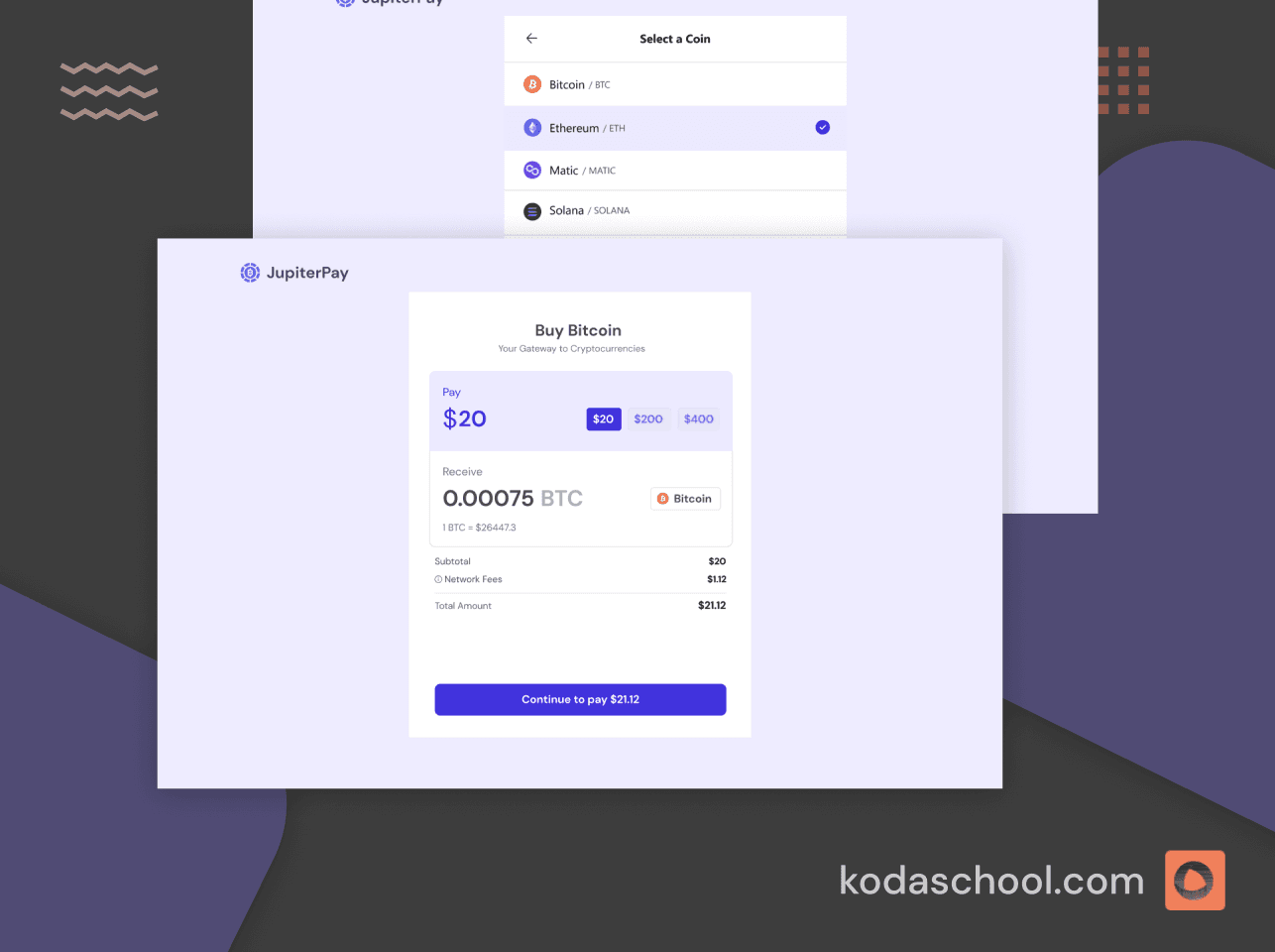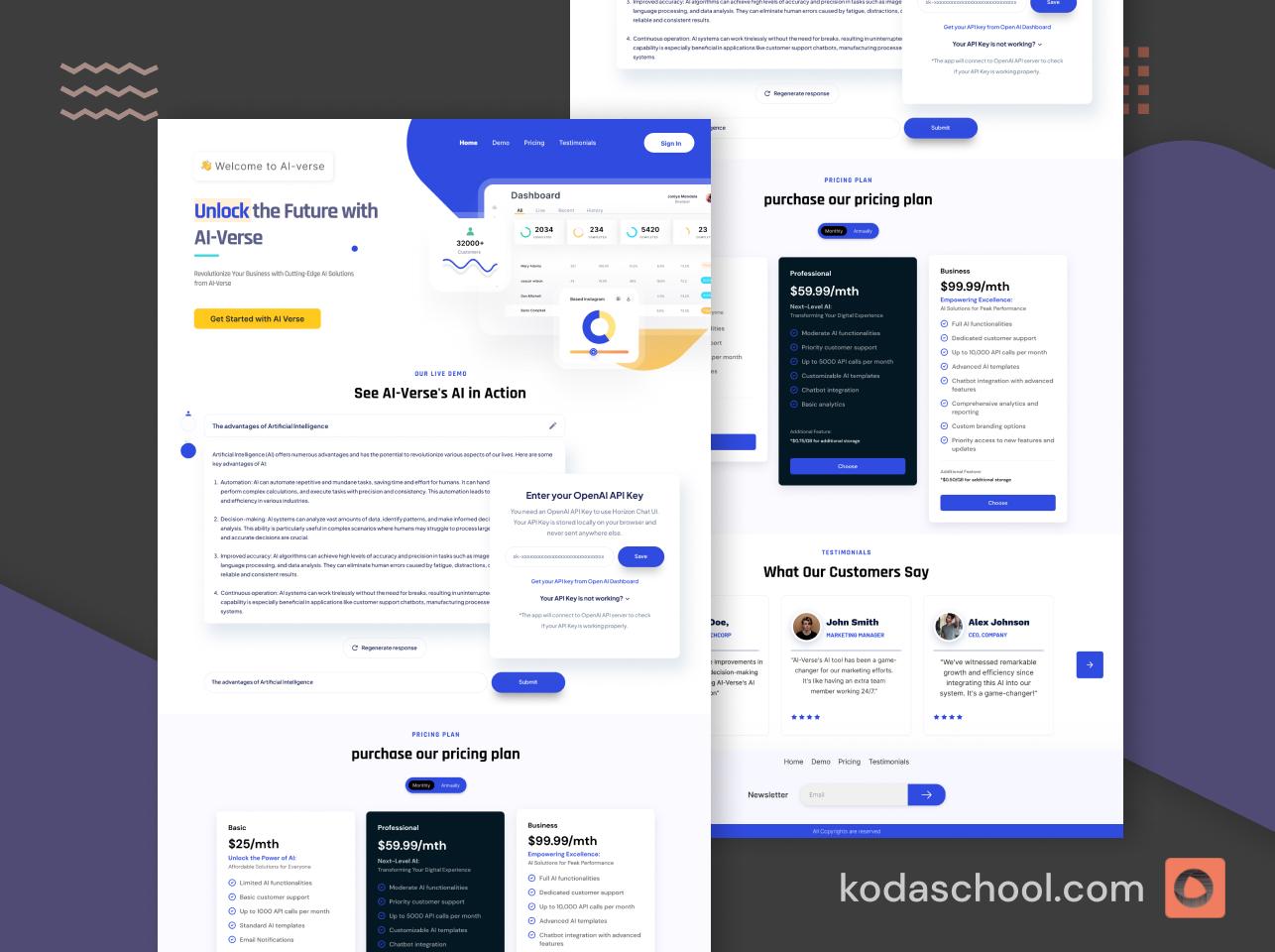AWS Caching guide for the AWS Solutions Architect Associate exam
Discover how AWS caching services like ElastiCache and CloudFront enhance performance, reduce costs, and improve scalability in cloud applications.
What is Caching in AWS?
Caching is a technique used to store frequently accessed data in a temporary storage layer for quick retrieval. This reduces the need to access the primary storage or database repeatedly, thus improving performance and reducing latency. In AWS, caching can be implemented across various services to enhance application responsiveness.
Why is Caching Important?
Caching is crucial in improving application performance by:
- Reducing Latency: Cached data is stored closer to the application or user, reducing round-trip times for data access.
- Lowering Costs: By reducing the number of requests to backend databases or storage services, caching can reduce costs associated with data transfer and database operations.
- Scalability: It helps applications scale by reducing the load on the backend infrastructure, enabling smoother operations during traffic spikes.
- Enhanced User Experience: Faster response times lead to a more seamless and efficient user experience.
Try Kodaschool for free
Click below to sign up and get access to free web, android and iOs challenges.
When is Caching Important?
Caching becomes especially important in scenarios such as:
- Frequent Database Queries: When applications frequently access the same data from a database.
- API Responses: Caching API responses to reduce processing time.
- Content Delivery: When delivering static content like images, videos, or large datasets to end users.
- High-traffic Applications: When handling high traffic and spikes in demand, caching reduces strain on your resources.
- Session Management: Storing user session data temporarily for fast access.
AWS Services Used for Caching
AWS provides multiple services that can be used for caching:
a. Amazon ElastiCache
Amazon ElastiCache is a fully managed in-memory caching service. It supports two major engines:
- Redis: An in-memory key-value store that supports advanced data structures, pub/sub messaging, and persistence.
- Memcached: A simpler key-value store suitable for caching frequently accessed data from databases or API requests.
Key Features:
- Auto-scaling: Automatically scales in response to demand.
- Data Sharding: Distributes data across multiple nodes to improve performance.
- Cluster Mode: Allows the distribution of cache across multiple instances.
b. Amazon CloudFront
CloudFront is AWS's content delivery network (CDN), which caches content at edge locations globally, bringing static and dynamic content closer to users.
- Static Content: Ideal for caching static content like images, CSS files, and JavaScript.
- Dynamic Content: Can cache dynamic content based on request headers.
Key Features:
- Global Edge Network: Data is cached at over 400 points of presence worldwide.
- Custom Cache Policies: Allows customization of what data is cached and for how long.
- Security: Integrates with AWS Shield and AWS WAF for protection.
c. Amazon S3 with Transfer Acceleration
While not a traditional caching service, Amazon S3 (Simple Storage Service) supports Transfer Acceleration, which allows faster content delivery by caching S3 objects at edge locations.
Key Features:
- Low Latency Access: Improves latency by routing data to the nearest edge location.
- Caching of S3 Objects: Objects stored in S3 can be cached to improve performance for global users.
d. AWS Global Accelerator
This service is a global traffic manager that accelerates application performance by caching DNS resolutions and routing traffic through AWS’s global network.
Differences Between AWS Caching Services
ElastiCache vs. CloudFront:
- ElastiCache is designed for in-memory caching of data, while CloudFront focuses on caching content at edge locations for global distribution.
- ElastiCache is used for database query caching, session storage, etc., while CloudFront is optimized for static and dynamic content delivery.
ElastiCache (Redis vs. Memcached):
- Redis offers data persistence, replication, and advanced data structures, making it suitable for complex caching and in-memory databases.
- Memcached is simpler and more lightweight, making it ideal for straightforward caching needs where high throughput is required but advanced features are not.
CloudFront vs. S3 Transfer Acceleration:
- CloudFront is a CDN with edge caching, primarily for website assets and APIs, while S3 Transfer Acceleration is specifically for speeding up file uploads and downloads from S3.
Global Accelerator vs. CloudFront:
- While both optimize traffic, Global Accelerator does so for any type of TCP/UDP application, and CloudFront specializes in optimizing content delivery (HTTP/HTTPS).
Conclusion
Caching in AWS is a vital strategy to ensure your applications are responsive, scalable, and cost-effective. By understanding the different caching services like ElastiCache, CloudFront, and S3 Transfer Acceleration, you can select the best tools to optimize data delivery and performance.
Sample Questions
Question 1:
Which of the following AWS services is best suited for caching database query results in-memory to reduce the load on a relational database?
A) Amazon S3
B) Amazon CloudFront
C) Amazon ElastiCache
D) Amazon DynamoDB
Answer: C
Amazon ElastiCache is an in-memory caching service that supports Redis and Memcached. It is ideal for caching database query results to reduce the load on databases and improve application performance. CloudFront is for content delivery, S3 is object storage, and DynamoDB is a NoSQL database.
Question 2:
A company runs an application with a REST API backend, and traffic spikes often cause high response times. The API responses don’t change frequently and can be cached for several minutes to improve performance. Which AWS service would you recommend to cache API responses at edge locations close to the users?
A) Amazon ElastiCache
B) AWS Global Accelerator
C) Amazon CloudFront
D) Amazon S3 Transfer Acceleration
Answer: C
Amazon CloudFront is a content delivery network (CDN) that can cache API responses at edge locations closer to users, significantly improving response times for frequently accessed APIs. ElastiCache is not a CDN, and Global Accelerator optimizes traffic routing, not caching.
Question 3:
A web application requires fast access to user session data across multiple instances. The data must be stored in-memory to ensure quick retrieval, and persistence of data is not critical. Which service should you use to store this session data?
A) Amazon RDS
B) Amazon ElastiCache with Memcached
C) Amazon CloudFront
D) Amazon S3
Answer: B
Amazon ElastiCache with Memcached is ideal for storing session data due to its simplicity, high-speed caching, and ability to scale horizontally. It is a perfect fit for in-memory storage where persistence is not a requirement. RDS is a relational database service, CloudFront is for content caching, and S3 is for object storage, not suitable for session data.
Question 4:
Which of the following AWS services is used to cache static content such as images and videos at edge locations to reduce latency for end-users globally?
A) Amazon ElastiCache
B) Amazon CloudFront
C) Amazon S3
D) Amazon EC2
Answer: B
Amazon CloudFront is a global content delivery network (CDN) that caches static and dynamic content at edge locations, reducing latency for users worldwide. ElastiCache is for in-memory caching, S3 is object storage, and EC2 is a compute service.
Question 5:
Your company’s e-commerce application frequently queries the database for product catalog information, which rarely changes. To reduce database load and improve performance, you want to cache the catalog information in-memory and ensure data can persist even if the cache node is rebooted. Which solution would best meet this requirement?
A) Amazon CloudFront
B) Amazon ElastiCache with Redis
C) AWS Global Accelerator
D) Amazon ElastiCache with Memcached
Answer: B
Amazon ElastiCache with Redis is the best solution for this scenario because Redis supports persistence, meaning cached data will remain even if the cache node is rebooted. Memcached does not support data persistence. CloudFront is for content delivery, and Global Accelerator is not a caching service.











